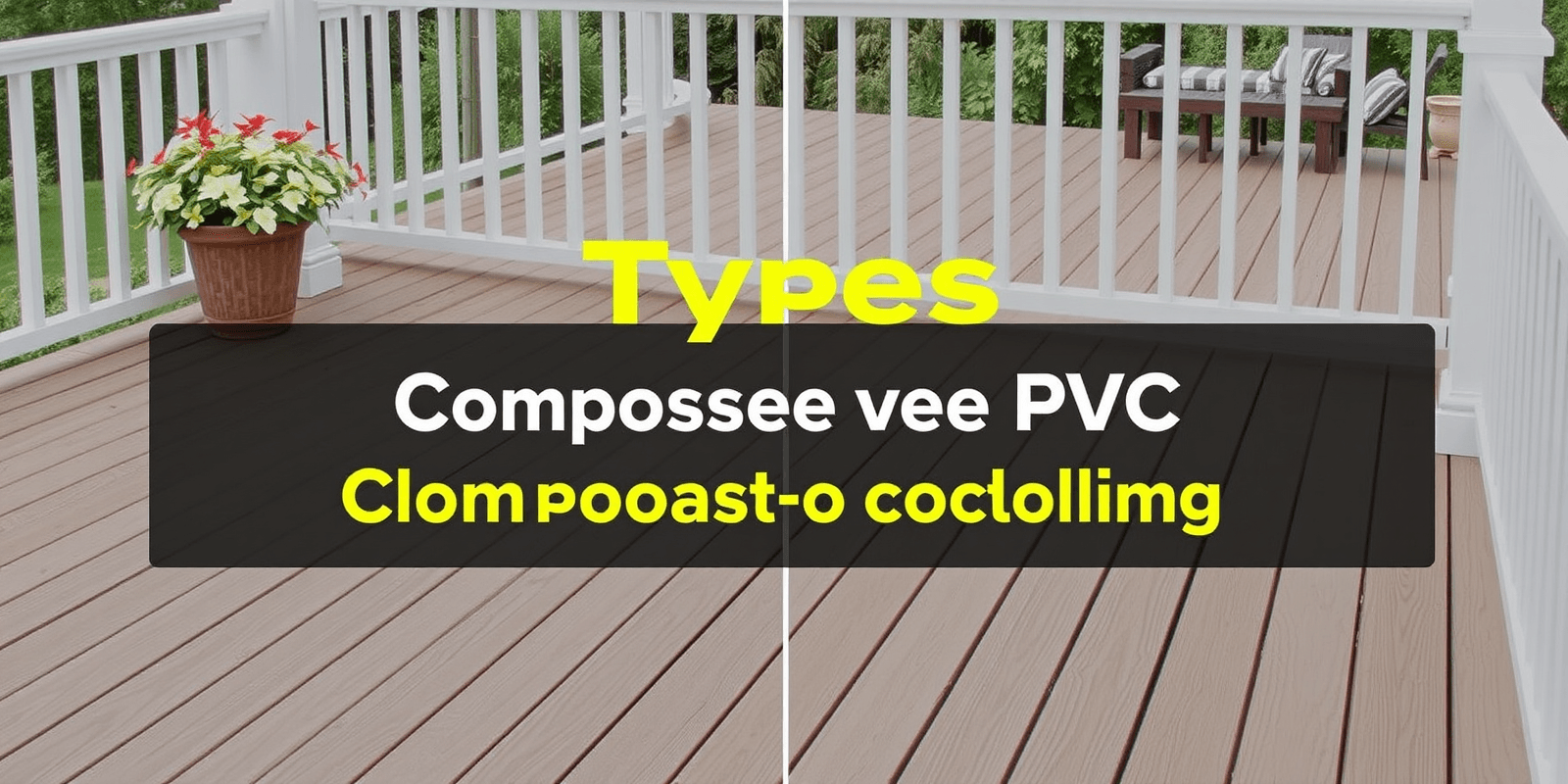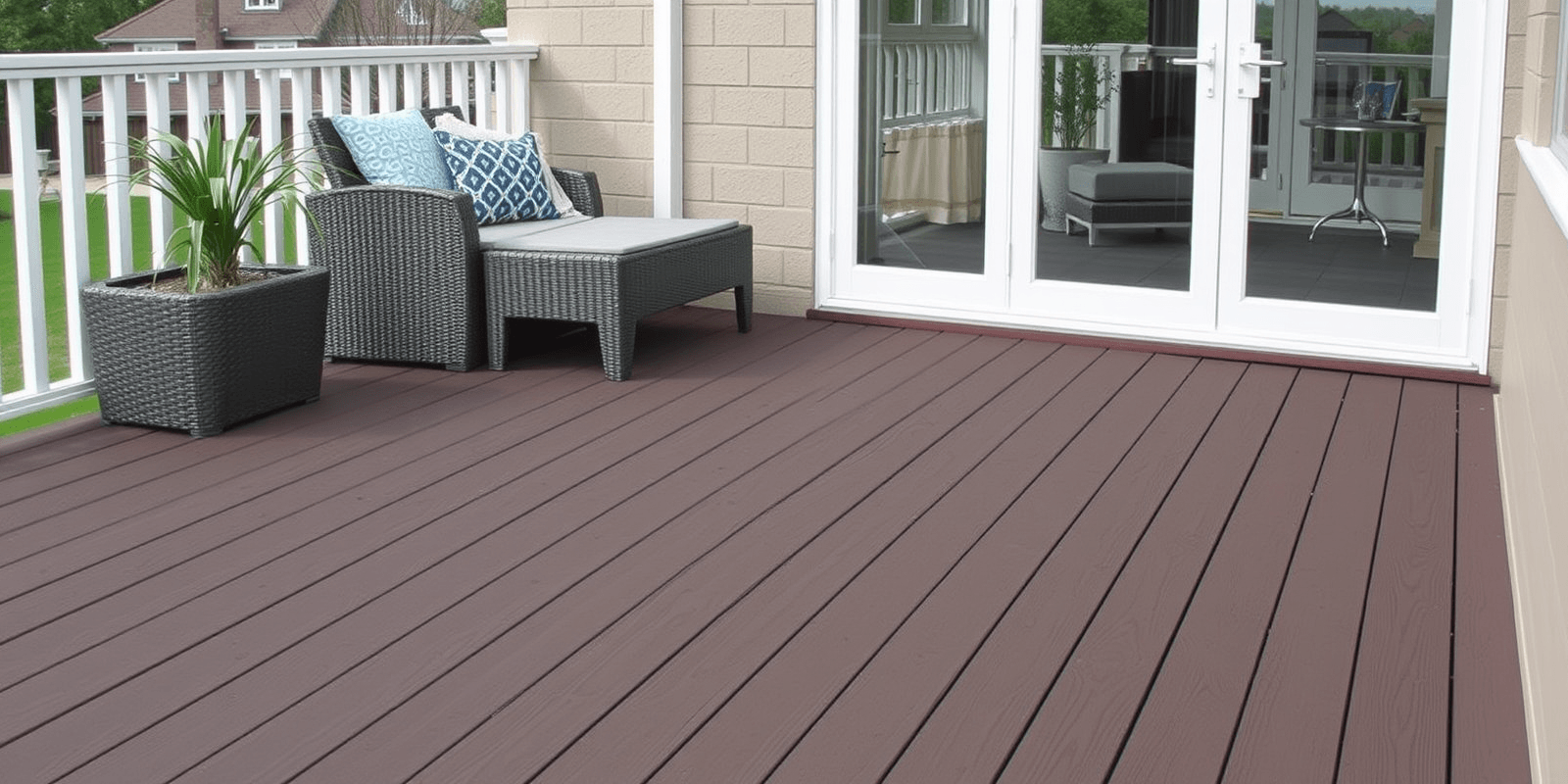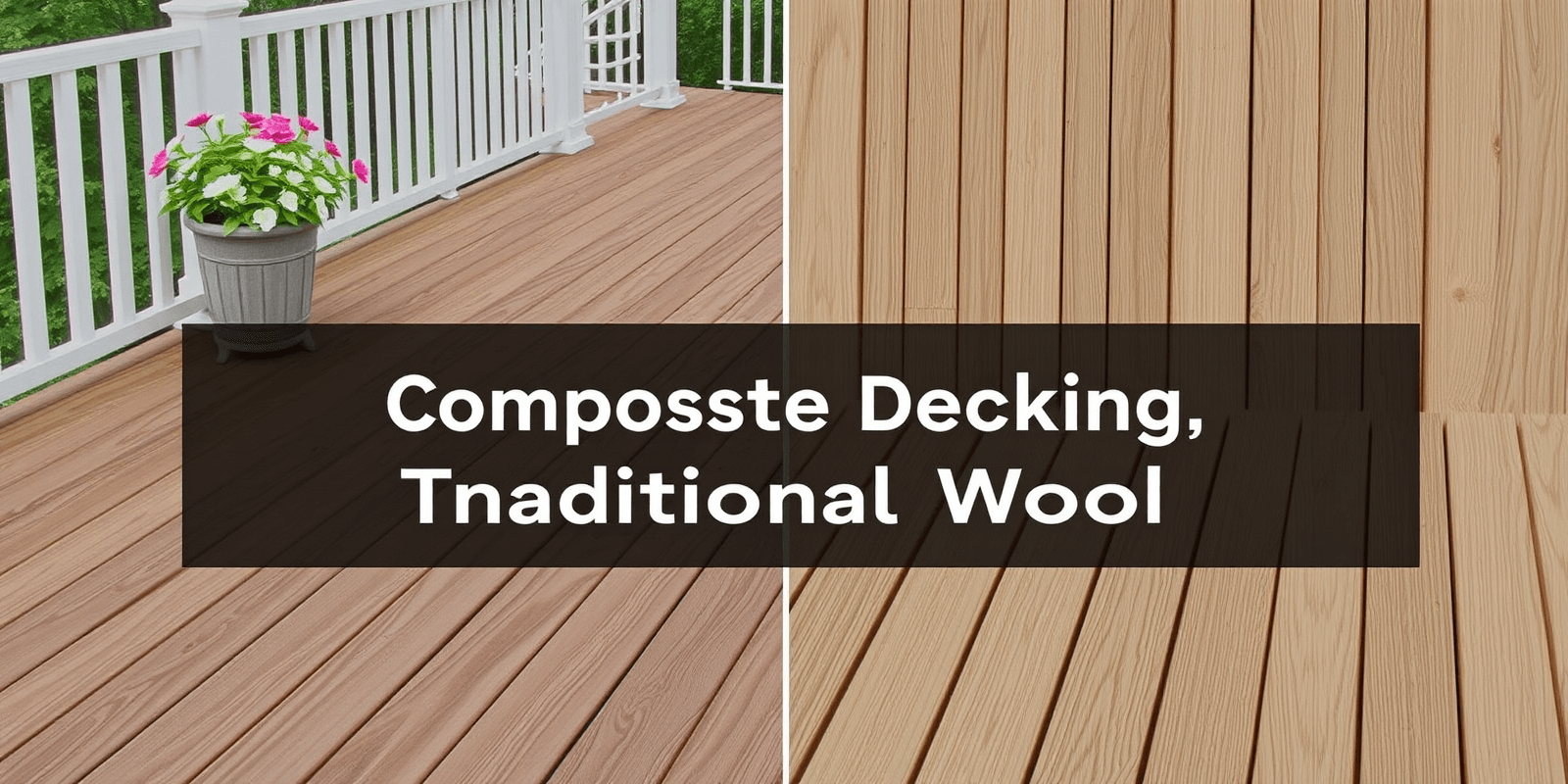“`html
Choosing Between Composite and PVC Decking: A Comprehensive Guide
Introduction
Decking is a popular addition to many homes, offering an outdoor living space that can be enjoyed year-round. Two of the most common materials for modern decks are composite and PVC decking. Each material offers unique advantages and disadvantages, making it essential to understand the differences before choosing the right option for your home. This guide will compare and contrast composite and PVC decking in terms of installation process, longevity, cost-effectiveness, and environmental friendliness.
Installation Process
The installation process for composite and PVC decking shares similarities but also has distinct differences. Both materials are relatively easy to install compared to traditional wood decking, as they require fewer tools and can be cut with standard woodworking tools. However, PVC decking typically requires more precise cutting due to its rigid nature, which may necessitate specialized tools. Composite decking, on the other hand, is slightly more forgiving and allows for some flexibility during installation.
Longevity
In terms of longevity, both composite and PVC decking outperform traditional wood decking. Composite decking is made from a combination of wood fibers and plastic, providing enhanced durability and resistance to moisture, insects, and UV rays. Similarly, PVC decking is entirely synthetic and thus highly resistant to these elements. However, PVC decking may become brittle over time, especially in colder climates, leading to potential cracking or splitting. Composite decking tends to retain its integrity better under extreme weather conditions.
Cost-Effectiveness
When considering cost-effectiveness, composite decking generally comes at a higher upfront cost than PVC decking. However, the longer lifespan and lower maintenance requirements of composite decking often result in a more cost-effective solution over time. PVC decking is less expensive initially but may require more frequent replacement or repairs due to its susceptibility to fading and warping. Additionally, the ease of cleaning and maintenance for both materials can significantly reduce long-term costs.
Environmental Friendliness
Both composite and PVC decking offer eco-friendly alternatives to traditional wood decking. Composite decking is made from recycled materials, reducing waste and minimizing environmental impact. PVC decking, while not made from recycled materials, is 100% recyclable at the end of its life cycle. However, the production process of PVC involves the use of harmful chemicals, which can offset some of its environmental benefits. When choosing between the two, consider the entire lifecycle of the product, including disposal and recycling options.
Tips for Choosing the Best Option
When selecting between composite and PVC decking, consider your specific needs and preferences. If you prioritize low maintenance and a longer lifespan, composite decking might be the better choice. For those looking for a more budget-friendly option and minimal maintenance, PVC decking could be ideal. Ultimately, the decision should align with your lifestyle, budget, and environmental concerns.
“`



